There is audio content at this location that is not currently supported for your device.
Mandolin, all backing instruments and arrangements by Douglas Baldwin except My Heart Will Go On (Taylor Baldwin, oboe and percussion; Nicole Soder, violins; and Max Hanks, cellos) and I Hope You Dance (Nicole Sodor, violin; Max Hanks, cello; Taylor Baldwin, percussion)
All tracks recorded at Coyote Music Studio, Saint James, NY

7777 W. Bluemound Rd. P.O. Box 13819 Milwaukee, WI 53213
For all works contained herein:
Unauthorized copying, arranging, adapting, recording, Internet posting,
public performance, or other distribution of the printed or recorded music
in this publication is an infringement of copyright.
Infringers are liable under the law.
Visit Hal Leonard Online at
www.halleonard.com
Contents
Introduction
Welcome to the Play Mandolin Today! Songbook. This book includes a mix of well-known pop and folkfavorites, and is intended for the beginning to intermediate player. It can be used on its own, or as asupplement to the Play Mandolin Today! method series.
Song Structure
Most songs have different sections that might be recognizable by any or all of the following:
- Introduction (or Intro): This is a short section at the beginning that introduces the song to the listeners.
- Verses: One of the main sections of the songthe part that includes most of the storylineis the verse. There will usually be several verses, all with the same music but each with different lyrics.
- Chorus: Perhaps the most memorable section of the song is the chorus. Again, there might be several choruses, but each chorus will often have the same lyrics and music.
- Bridge: This section makes a transition from one part of a song to the next. For example, you may find a bridge between the chorus and next verse.
- Outro: Similar to the intro, this section brings the song to an end.
Lyrics
Lyrics to all of the great songs in this book are included. They are shown below the staff as a guide to help you keep your place in the music.
Fermata e
This symbol tells you to hold the note(s) longer than the normal time value. You will often see a fermata at the end of a song over the final note or chord.
Repeats & Endings
Repeat signs  tell you to repeat everything in between them. If only one sign appears b , repeat from the beginning of the piece.
tell you to repeat everything in between them. If only one sign appears b , repeat from the beginning of the piece.
First and Second Endings
Play the song through to the first ending, repeat back to the first repeat sign, or beginning of the song (whichever is the case). Play through the song again, but skip the first ending and play the second ending.
D.S. al Coda
When you see these words, go back and repeat from this symbol: d
Play until you see the words To Coda, then skip to the Coda, indicated by this symbol: c
Now just finish the song.
Sixteenth-Note Rhythms
A sixteenth note lasts half as long as an eighth notea quarter of a beatand is written with two flags or two beams. There are four sixteenth notes in one beat. To play sixteenths it helps to count: one-eand- a, two-e-and-a, three-e-and-a, four-e-and-a.

This is what it looks like when eighth notes and sixteenths are mixed in the same beat. The counting is the same, except for one silent sixteenth (in parentheses).
Triplet Rhythms
A triplet is a group of three notes played in the space of two. Whereas eighth notes divide a beat (quarter note) into two parts, eighth-note triplets divide one beat into three equal parts. To count this rhythm, it helps to say the word tri-pl-et with each syllable spaced evenly over the length of one beat. |  |
Other Time Signatures
All song examples presented in the Play Mandolin Today! Level One method book have been in thetwo most common meters: 4/4 and 3/4. Here are two other meters that appear in this song book.
2/4 Time
Time signatures tell the player two things: the top number tells how many beats there are in a measureof music, and the bottom number tells what kind of note equals one beat. That means in 2/4 time,there are two beats per measure and a quarter note equals one beat.
6/8 Time
Using the same formula described above, 6/8 time tells us that there are six beats per measure and theeighth note equals one beat. In other words, there are six eighth notes per measure.
Blue Moon Of Kentucky
Words and Music by Bill Monroe
Demo
There is audio content at this location that is not currently supported for your device.
Play-Along
There is audio content at this location that is not currently supported for your device.

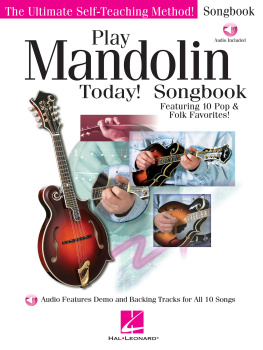

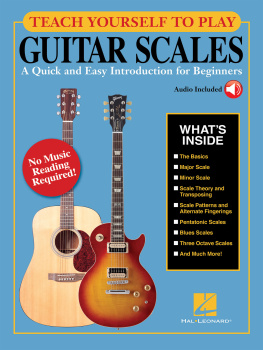
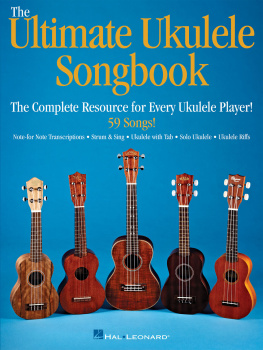

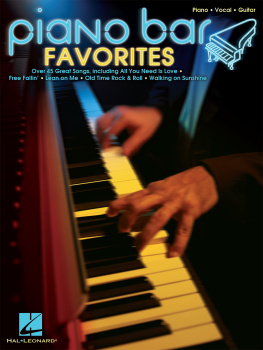
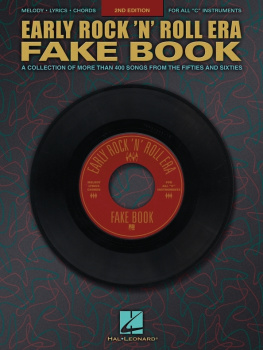
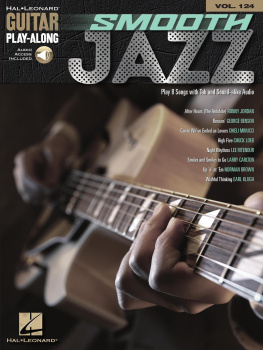
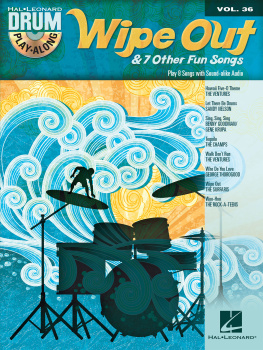
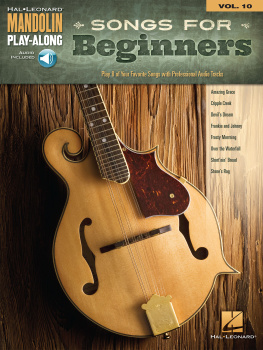

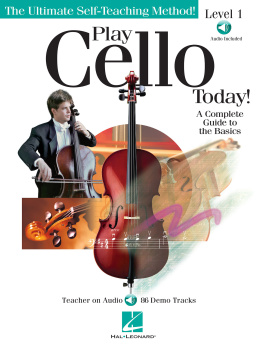

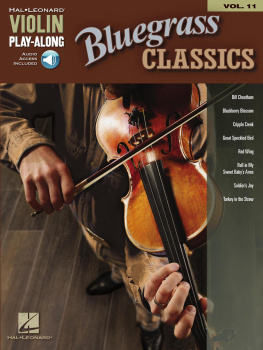
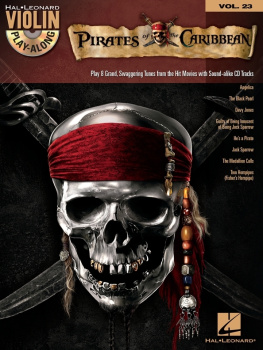
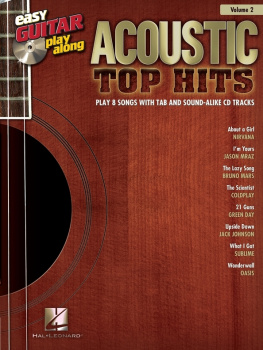
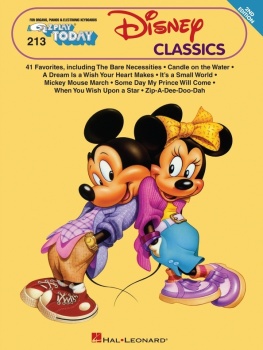
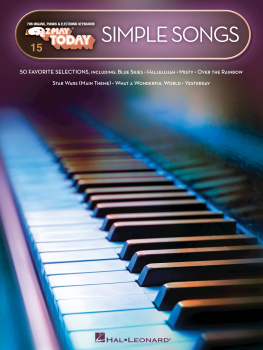
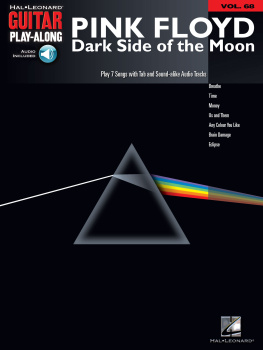
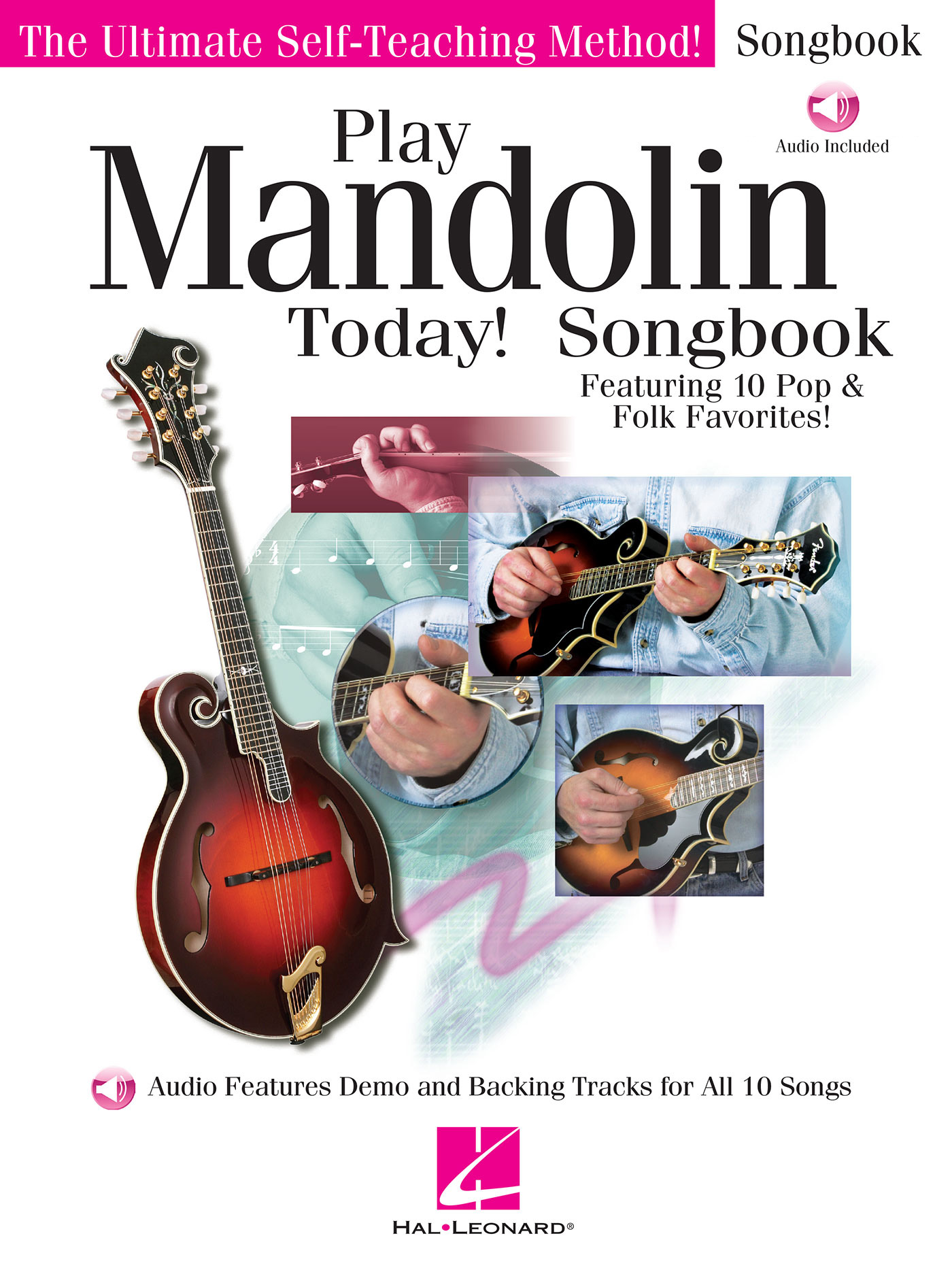


 tell you to repeat everything in between them. If only one sign appears b , repeat from the beginning of the piece.
tell you to repeat everything in between them. If only one sign appears b , repeat from the beginning of the piece.







